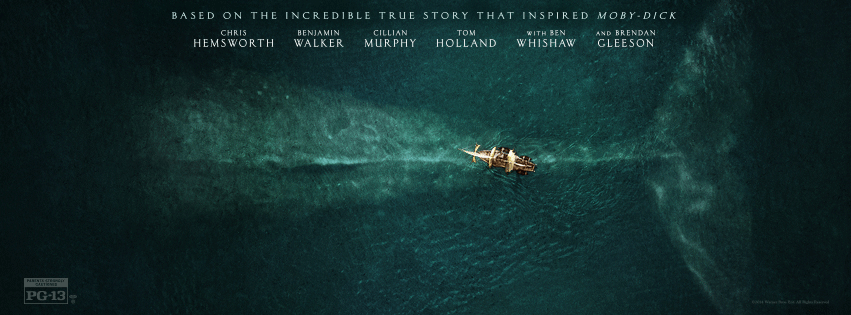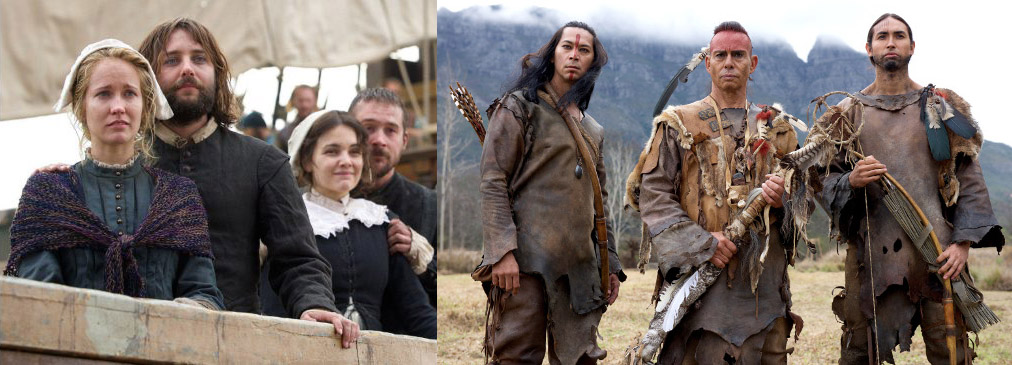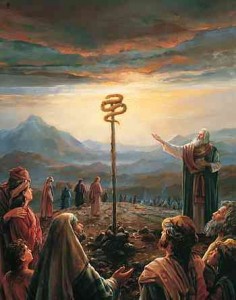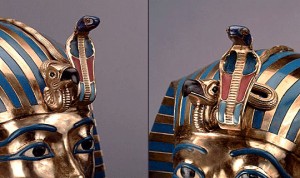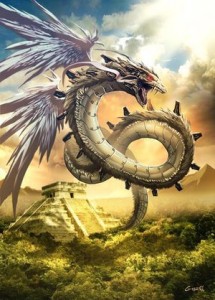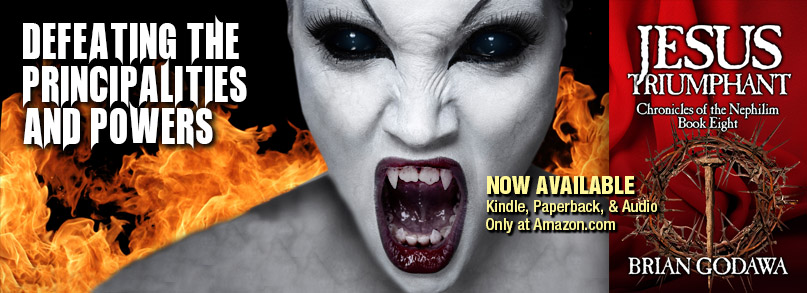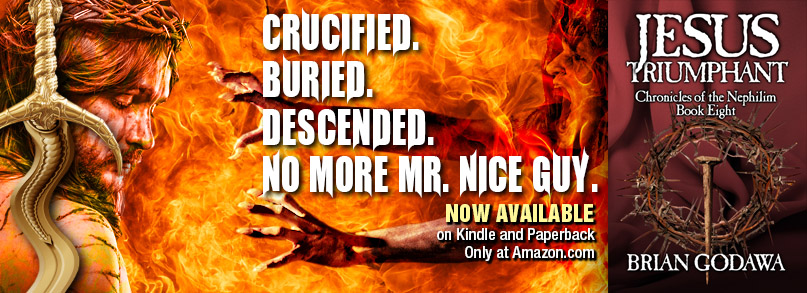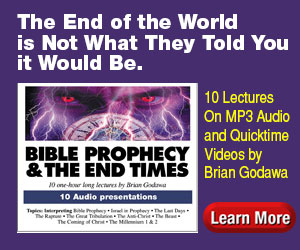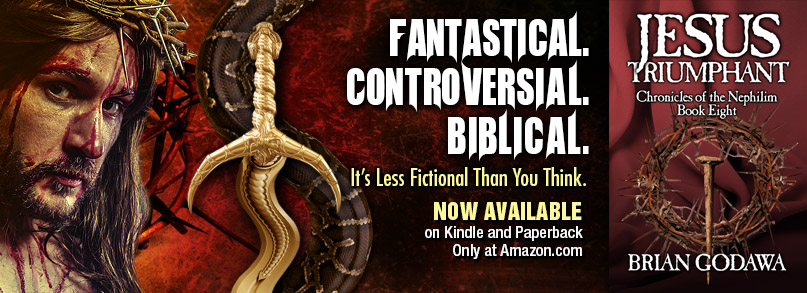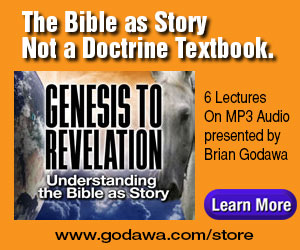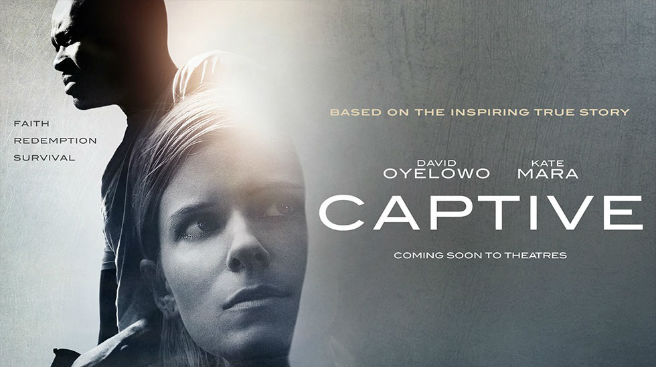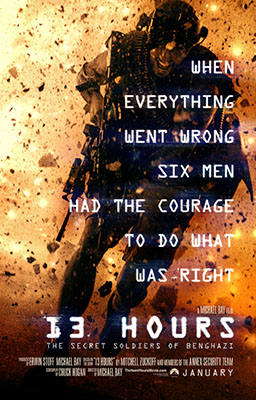 Combat Action. The true story from the perspective of the military contractors who rescued Americans in the terrorist attacks on the American embassy and CIA facility in Benghazi on 9/11 2012.
Combat Action. The true story from the perspective of the military contractors who rescued Americans in the terrorist attacks on the American embassy and CIA facility in Benghazi on 9/11 2012.
Woah. Michael Bay, you are forgiven of Transformers. In fact, all Michael Bay haters will have to stand down and admit that this phenomenal action movie is a well-told and entertaining story of American valor. No vain empty action, this is rich and full heroism. I think Bay is probably the only one who could get this movie made because no one can accuse him of political agenda in his filmmaking. He makes big action, and this is big action with a deep and human twist.
I guess other Hollywood directors couldn’t find a way to spin the story to make it George Bush’s fault.
13 Hours captures not only the fighting spirit of the warriors who stand for American values in a world of external totalitarianism and internal political corruption, but the human heart of those men, not perfect, but human, whose families and children also sacrifice for our safety. The moments we see of these hardened soldiers talking to their families over Skype are both enlightening and heartwarming. We see the goodness behind these bad asses. The entire story, they seek to do what is right even though they had an impossible task of discerning friend from foe, because of the chaos around them (a metaphor for the politics of the region). They are not heartless inhuman fighting machines, they are men with families who try their best to do what is right and suffer for their sacrifice. Yeah, sure they chose to do it. But they chose to do it, as one of the characters says, “To give myself something bigger to believe in.” Then he sadly admits the revelation of this decade, “That something bigger is gone now.” That is understated poetic indictment. Great writing.
The filmmakers, along with the original authors of the book, have said that they wanted to make an apolitical movie about what happened on the ground. A story of the heroism and courage of those 5 men and assorted others who helped them. It is true. This is as apolitical as you can get. And considering that most of Hollywood is rooting for Hillary Clinton, I can’t imagine a major studio willing to make a movie that revealed her political crimes that would deep six her. We’ll have to wait for a Republican administration for them to do that.
I admit, sometimes the truth gets through, and I want to be the first to trumpet that when it happens. Thank you, Paramount. You told some truth with 13 Hours. (for all those cynics who didn’t like me pointing out that they F’ed up with Noah, see? I don’t hold grudges. I’ll support you if you tell the truth.)
So the storytellers kept out any references to what was going on in the Obama administration and State Department in order to be apolitical. Ah, but herein lies the most subtle and brilliant subversion of all. By not showing what was going on in the administration, it reinforced the image of complete and utter silence and lack of response. They were nowhere to be found. They left these people to die. The fact that the movie shows complete silence on the part of Barak Obama and Hillary Clinton, and any of their inferiors when it came to the cries for help is of course the most morally damning of all. That ain’t political, folks, that’s moral.
We see that Chris Stevens and the CIA chief kept calling for help, any kind of help. F-16s 45 minutes away, rescue 20 minutes away, A Blackhawk helicopter, even a lousy flyover, dammit. But all we see in response from Obama and Clinton is silence. We don’t even hear their names. Apolitical in a way because no one is referenced. But in a way, a moral indictment of the worst kind. Even to the very end of the story, where those remaining three heroes were the last to be flown out of the country, even THEN, it was a Libyan transport plane. “Still no Americans” to help them. And which Secretary of State is responsible for that heartless cruelty?
One brief statement in the film tells us that POTUS was briefed, and then we hear that State thinks it was Al-Sharia. We see that it is an orchestrated terrorist strike on the ground, yet we see the soldiers hear that the State Department told the public it was “protests about an anti-Islamic film.” Now, with Clinton’s criminal felonious emails uncovered, we know that she knew it was terror, and she deliberately denied it as terror in order to secure the second election of Obama.
Barack Obama and Hillary Clinton let those people alone to die.
Madamn Secretary, THAT is what the hell difference it makes.
Godawa’s Quibble Corner
There was one small element that I thought had big implications and worked against the theme of transcendence in the film, that belief in something bigger than ourselves. One of the soldiers reads a book by mythologist Joseph Campbell and quotes the phrase which becomes a tagline repeated in the story with thematic intent. “All the gods, all the heavens, all the hells are within you.” Though this may seem to the storytellers to be profound wisdom that illustrates the grandeur of the human spirit, it actually undercuts any transcendence that this great story could have had. That statement illustrated Campbell’s relativistic worldview of immanence that actually denies transcendent purpose, destroys the human spirit while promising greatness within. Because you see, it rejects all transcendence of deity, all “higher purpose” or “something bigger than ourselves,” and replaces it with ourselves as our own gods, our own source of good and evil (“heaven and hell”). Hey, kinda sounds like the Serpent in the Garden, don’t ya think? (“You will be like God, knowing good and evil.”). This is the problem with Hollywood storytellers who seek transcendence for their stories, because they know in their souls there must be, but because they don’t believe in God, they create a substitute in humanity itself. Famous mythologists like Campbell aid the deception with their influence on the storytelling community, and you get that hunger for transcendence with an unsatisfactory tripe to fill that hunger.
But don’t let that ruin the movie for you. If you want to see the truth that the news media is hiding in order to help elect Hillary Clinton, then you must go see this movie. And even if you don’t like the truth, then see it cause it’s a kick ass action flick with real heart and soul. The best of all worlds.

